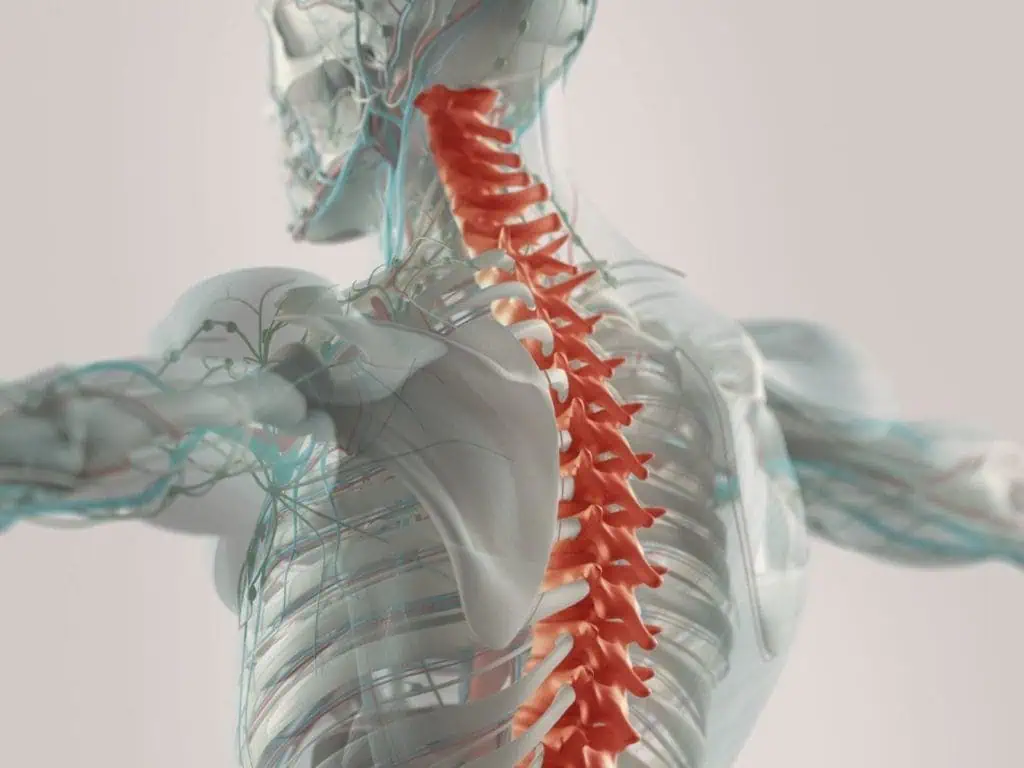Patients with scoliosis may be unable to work because of their disease and its related complications. Patients who cannot work because of their scoliosis may qualify for long-term disability (LTD) benefits. The insurance company will review their claim to see if they qualify under the conditions of that plan.
Qualifying for Long-Term Disability Benefits with Scoliosis
Scoliosis causes a sideways curve of the backbone or spine. These curves are often S- or C-shaped. Scoliosis is most common in late childhood and early teens when children grow fast; however, the condition can last into adulthood. Symptoms include leaning to one side and having uneven shoulders and hips. The severity of scoliosis may vary significantly from person to person.

In other words, some individuals may suffer few symptoms from their scoliosis, while others may suffer more severe impairments, such as breathing problems, persistent back pain, or spine or nerve damage from spinal surgery or uncorrected scoliosis. Depending upon the severity of the condition, treatment options range from regular appointments with the doctor to ensure there are no changes in the curve in your spine to requiring surgery to insert metal poles in your spine to straighten it.
Only the more severe cases of scoliosis (or kyphosis and kyphoscoliosis) typically qualify for long-term disability benefits. You must show that you cannot return to work because of your limitations to qualify for LTD benefits.
Medical Evidence Required
The most important evidence in any LTD claim is medical evidence to prove the extent and severity of the disability. For spinal disorders, such evidence may include:
- Medical imaging, such as X-rays, MRIs, and CAT Scans;
- A physical examination with a detailed report describing the patient’s limitations and
- Records of ongoing treatment show that the impairment is not improving despite medical treatment.
Impact On Your Ability To Work
You may be eligible for LTD benefits if the disability insurance company adjuster finds you cannot return to work because of your limitations. The insurance adjuster will review your medical records and assess your physical, mental, and sensory limitations, or “residual functional capacity” (RFC), to determine if there is any work you can do.
For those with scoliosis, physical limitations are the biggest limitations to returning to work. Beyond having limited abilities to walk and stand, other physical requirements, such as lifting and carrying weight, pushing and/or pulling items, and reaching, may be extremely difficult (or downright impossible) for an individual with scoliosis due to back pain and strength limitations. Mental impairments, such as isolation or depression secondary to physical ailments, may also make a return to work impossible.
Getting Legal Help From an Experienced Long-Term Disability Attorney
What else can someone with this condition do to help tip the scales in their favor when applying for long-term disability benefits? One of the most important things you should consider is hiring a disability representative.
More so than in other types of cases, hiring a lawyer to appeal a denial or termination of benefits for scoliosis can really help your case since an experienced disability lawyer will be familiar with the latest court decisions on when disability should be granted for scoliosis. This knowledge helps disability attorneys find errors made by the claims examiner in the disability determination and use them to their advantage.
The Ortiz Law Firm has successfully represented people in disability cases across the United States. If you would like to talk to an experienced disability lawyer about your scoliosis and its impact on your ability to work, call us at (888) 321-8131. We would be happy to evaluate your case and discuss how to help you through the appeal process.
